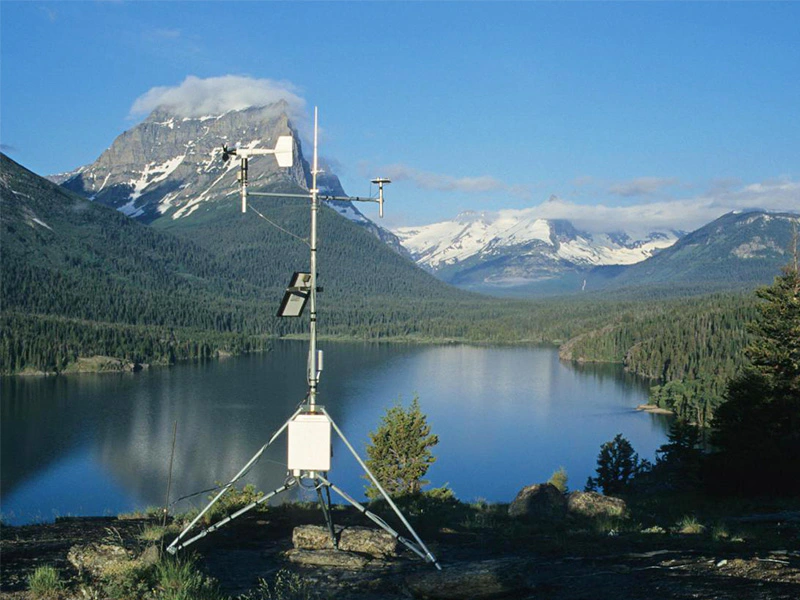
# Meteorological Station: Monitoring Weather and Climate Data
What is a Meteorological Station?
A meteorological station, also known as a weather station, is a facility equipped with instruments and sensors designed to observe and record atmospheric conditions. These stations play a crucial role in weather forecasting, climate research, and environmental monitoring by collecting data on various weather parameters.
Key Instruments at a Meteorological Station
Modern meteorological stations typically include several essential instruments:
- Thermometer: Measures air temperature
- Barometer: Records atmospheric pressure
- Hygrometer: Measures humidity levels
- Anemometer: Tracks wind speed and direction
- Rain gauge: Measures precipitation amounts
- Pyranometer: Records solar radiation
Types of Meteorological Stations
Meteorological stations come in various forms to serve different purposes:
1. Surface Weather Stations
These are the most common type, installed at ground level to measure standard weather parameters.
2. Upper-air Stations
These use weather balloons (radiosondes) to collect data at higher altitudes in the atmosphere.
3. Automated Weather Stations (AWS)
These unmanned stations automatically collect and transmit data at regular intervals.
4. Agricultural Weather Stations
Specialized stations that monitor conditions important for farming and crop management.
The Importance of Meteorological Data
Data collected from meteorological stations serves numerous critical functions:
- Improving weather forecasts and severe weather warnings
- Supporting climate change research
- Aiding aviation and maritime operations
- Assisting agricultural planning
- Supporting renewable energy production
- Providing data for scientific research
Modern Advancements in Meteorological Stations
Recent technological developments have significantly enhanced meteorological station capabilities:
Remote Sensing: Many stations now incorporate satellite data and radar information to complement ground-based measurements.
IoT Integration: Internet of Things technology allows for more efficient data collection and transmission from remote locations.
AI and Machine Learning: Advanced algorithms help process vast amounts of weather data more accurately and quickly.
Miniaturization: Smaller, more portable weather stations have become available for specialized applications.
Challenges in Meteorological Monitoring
Despite technological advances, meteorological stations face several challenges:
- Maintaining equipment in harsh weather conditions
- Ensuring data accuracy and consistency
- Addressing gaps in global coverage, especially in remote areas
- Managing the increasing volume of weather data
- Securing funding for maintenance and upgrades
The Future of Meteorological Stations
As climate change becomes an increasingly pressing issue, the role of meteorological stations will continue to grow in importance. Future developments may include:
- More widespread deployment of automated stations
- Integration with smart city infrastructure
- Enhanced real-time data processing capabilities
- Greater public access to weather data
- Improved early warning systems for extreme weather events
Meteorological stations remain fundamental tools in our understanding of weather patterns
Keyword: meteorological station